Rabies is an acute viral infection of the central nervous system, transmitted from animals to humans through secretions, usually saliva, containing the rabies virus.
The article was professionally consulted by Dr. Le Minh Lan Phuong, Head of Examination Department, Children's Hospital 1 (HCMC).
Pathogen
The causative agent is rabies virus (Rhabdovirus) of the family Rhabdoviridae, genus Lyssavirus.
Source of transmission
- Natural reservoirs of rabies virus:
+ Warm-blooded mammals, especially wild dogs such as coyotes, wolves, jackals and canines.
+ In addition, cats, ferrets, civets and other mammals can also carry the rabies virus.
- Source of rabies transmission:
+ Wild mammals.
+ Animals that live near people are mostly dogs, followed by cats.
+ Theoretically, transmission from sick people to healthy people can occur when the saliva of sick people contains rabies virus. In fact, there is no document recording such a source of transmission, except in the case of corneal transplantation from a person who died of rabies to the recipient.
Mode of transmission
- Through the saliva of infected animals excreted and through bites, licks, scratches on broken skin (or through intact mucous membranes) into the body.
- From there, along the nerves to the ganglia and central nervous system.
- When reaching the central nervous system, the virus reproduces very quickly and then travels along the nerves to the salivary glands.
- At this point, the nerves have not been significantly damaged, so the animal looks normal on the outside, but its saliva already has the rabies virus.
- Then, the rabies virus gradually destroys nerve cells, causing typical clinical symptoms of rabies to appear.
- From animals to humans by secretions, usually saliva infected with rabies virus.
- Most cases of exposure to rabies are through bites or licks from rabid animals, but can sometimes be transmitted through contact such as inhaling aerosols.
Disease progression
- Incubation period:
+ In humans 2-8 weeks, can be as short as 10 days or as long as over a year or two years.
+ The incubation period depends on the amount of virus entering the body, the severity of the wound, and the distance from the wound to the brain.
+ Severe wounds, near the central nervous system, have a short incubation period.
- Pre-symptomatic stage:
+ Usually 1-4 days.
+ Symptoms include fear, headache, fever, fatigue, discomfort, numbness and pain at the wound where the virus entered.
- Encephalitis stage:
+ Symptoms of insomnia, increased feelings of stimulation such as fear of light, noise and light wind.
+ In addition, there are also autonomic nervous system disorders such as dilated pupils, increased salivation, sweating, and hypotension.
+ Sometimes spontaneous ejaculation occurs.
- The disease lasts 2-6 days, sometimes longer, the patient dies due to respiratory muscle paralysis.
- When rabies occurs, it can lead to death for both animals and humans.
Diagnose
- Diagnosis of the disease is based on clinical symptoms, especially hydrophobia, windphobia, photophobia with related epidemiological factors.
- Definitive diagnosis:
+ By direct immunofluorescence antibody testing (IFA) from brain tissue or virus isolation in mice or cell culture systems.
+ Can be based on the results of immunofluorescence testing of frozen skin sections taken from hair at the nape of the neck of the patient, or serological diagnosis by neutralization reaction on mice or on cell culture.
+ Rabies virus RNA can be detected by PCR or RT-PCR.
Preventive measures
People bitten by dogs or cats must strictly follow the following:
- Wound treatment:
+ Immediately wash the wound thoroughly with concentrated soapy water.
+ Then wash with salt water, apply antiseptic such as alcohol, iodine alcohol to reduce the amount of virus at the bite.
+ Only suture the wound if the bite is more than 5 days old.
+ Tetanus vaccination and anti-infective treatment if necessary.
- Protection by specific immunity:
+ Inject rabies cell vaccine or use both vaccine and anti-rabies serum (HTKD) for preventive treatment depending on the animal's condition, bite condition, and rabies situation in animals in the area.
+ Do not abuse the use of vaccines and veterinary drugs.
+ Patients bitten or exposed to animals need to be examined as soon as possible to receive a prescription for preventive treatment with rabies vaccine or HTKD.
+ Vaccinate early within the first 72 hours after being bitten by an animal.
+ The effectiveness of preventive treatment depends on many factors such as vaccine type, injection technique, biological product preservation, and patient's immune response.
American Italy
Source link









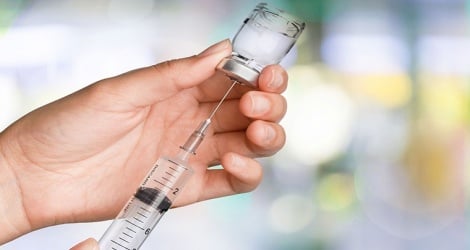


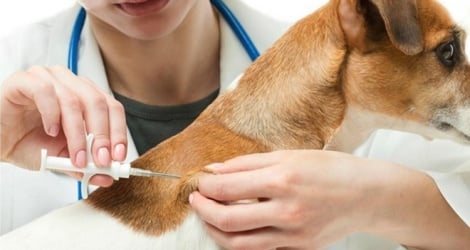



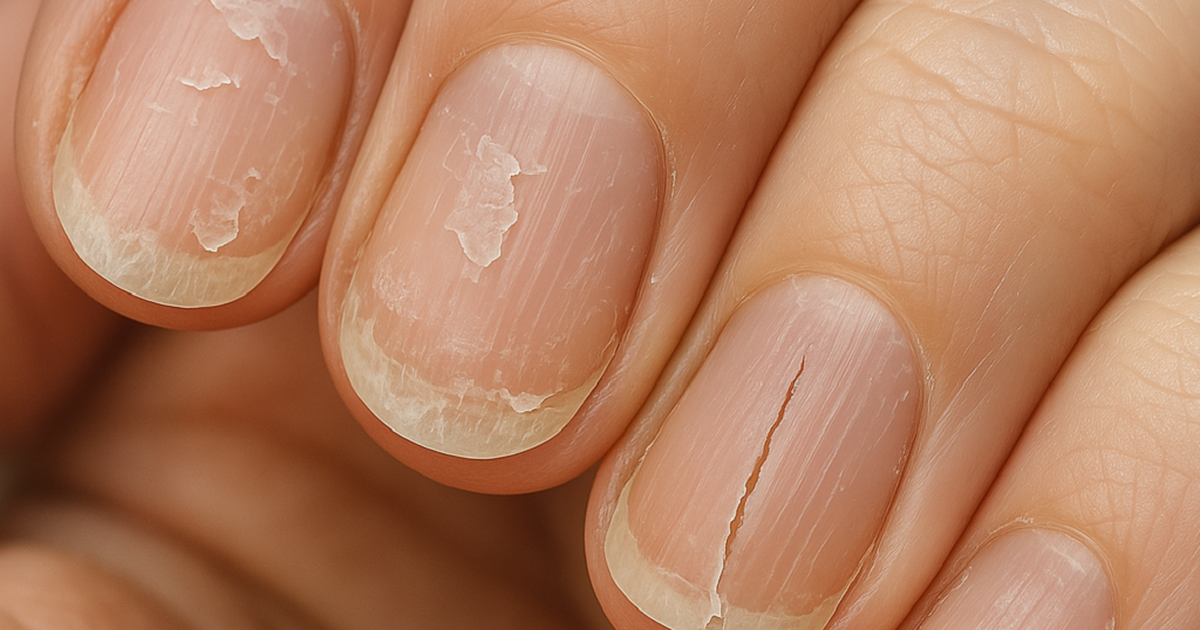
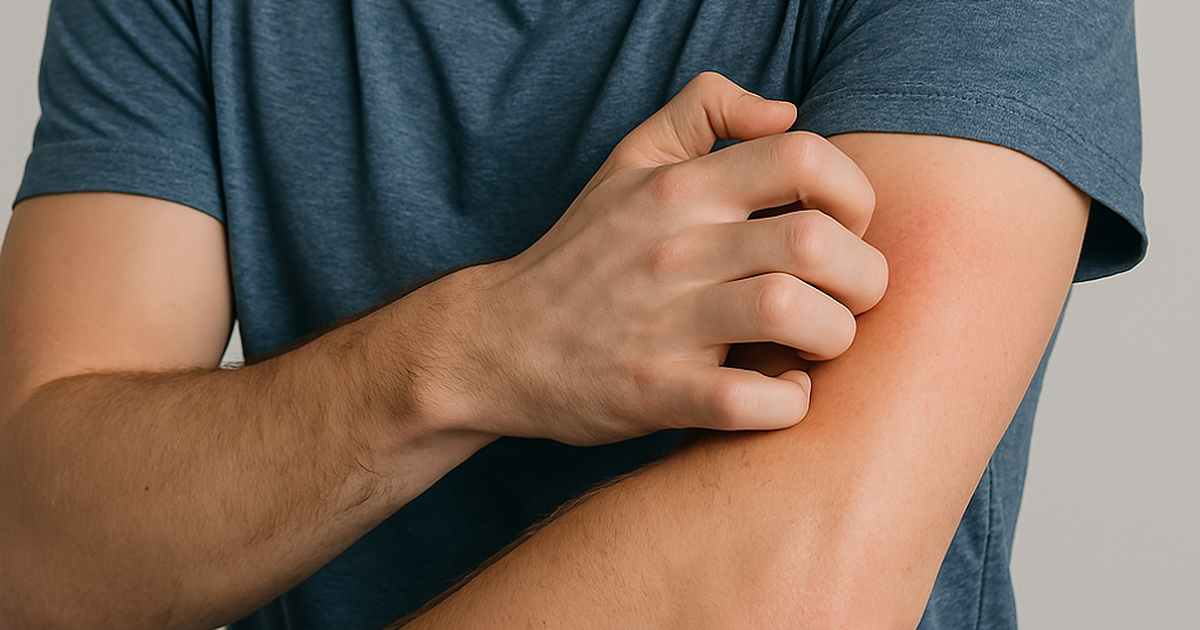



























































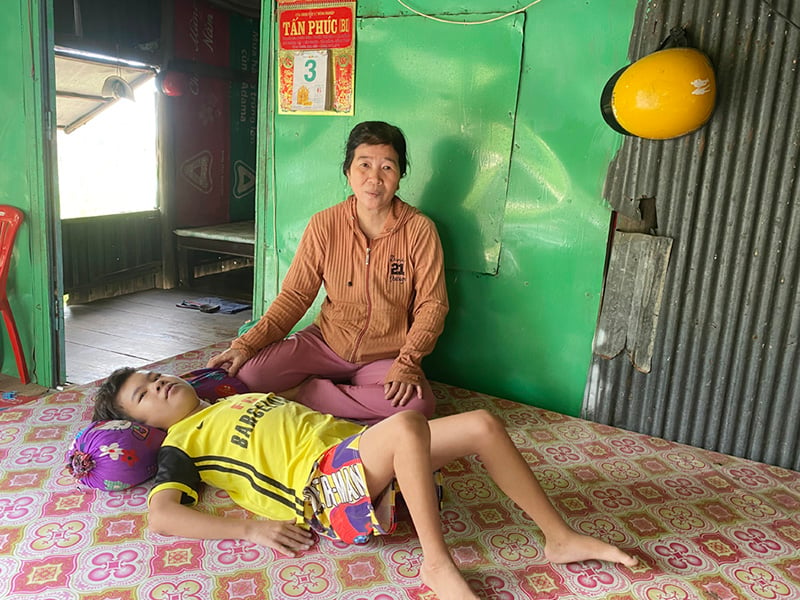







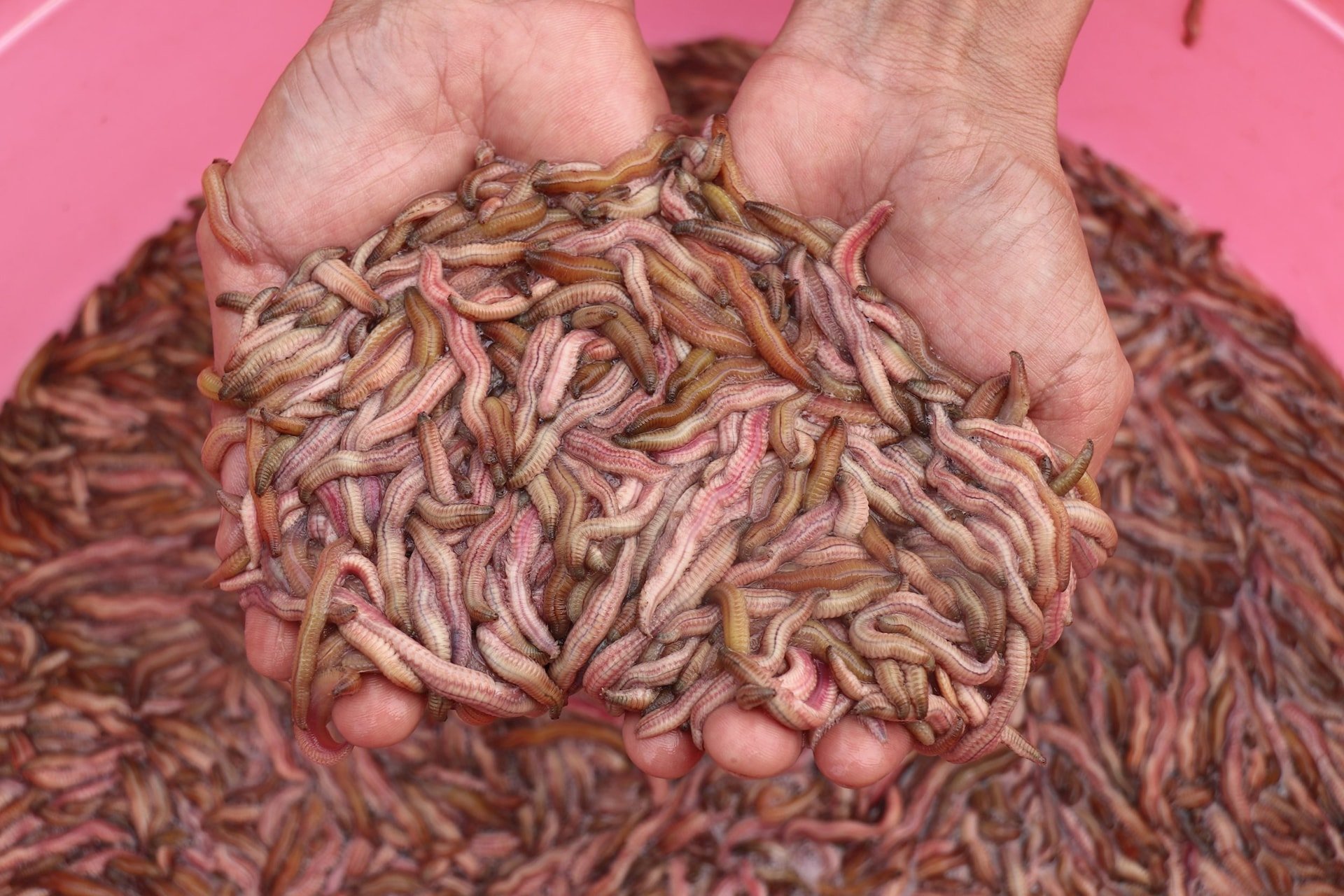





Comment (0)